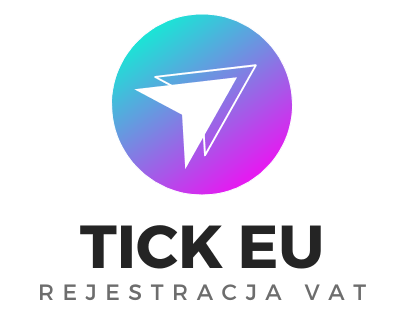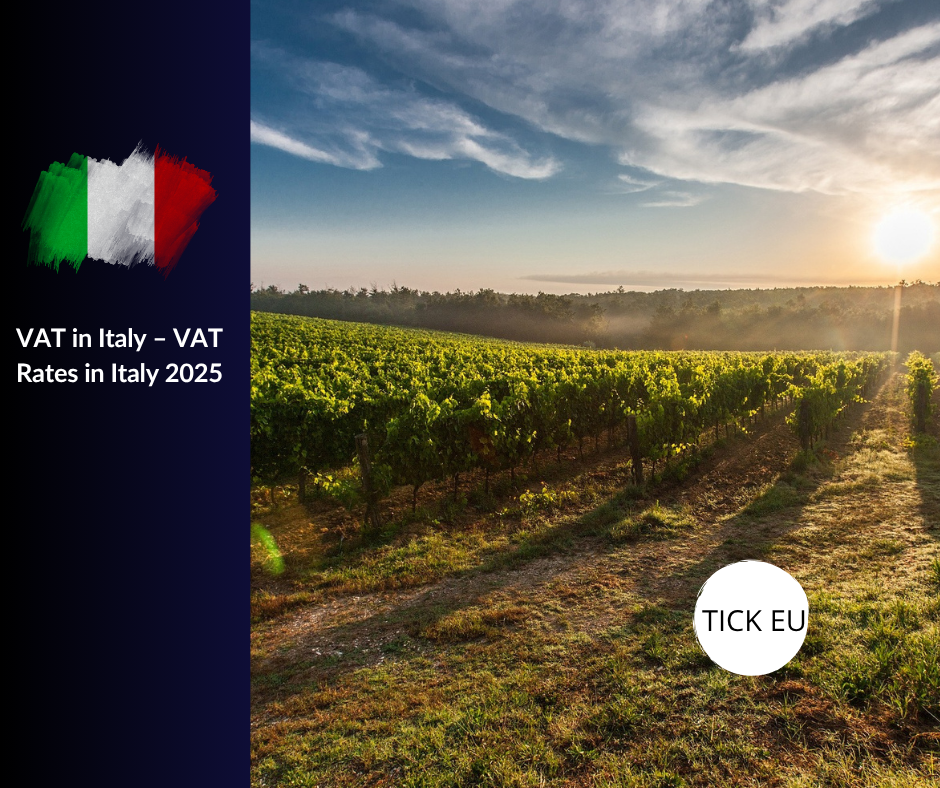VAT in Italy – What Companies Need to Know in 2025
The Value Added Tax in Italy, known as Imposta sul Valore Aggiunto (IVA), is one of the main sources of government revenue. The VAT system has operated in Italy for many years and, like in other EU countries, is based on common principles with some local exceptions. In 2025, businesses operating in the Italian market need to be aware not only of the current VAT rates, but also of the rules regarding registration, reporting, and the obligations related to taxable activities.
What is the VAT rate in Italy in 2025?
The Italian VAT system is structured around four main VAT rates and a list of goods and services that are either exempt or subject to a so-called 0% rate. Here’s how the Italian VAT framework looks in 2025:
Standard rate – 22%
Reduced rate – 10%
Super-reduced rate – 5%
Preferential rate – 4%
These rates are directly linked to the type of product or service sold. Understanding this classification is essential for anyone who wants to comply with Italian VAT regulations properly.
Standard VAT rate – 22%
The most commonly applied VAT rate in Italy is 22%. It applies to nearly all goods and services that don’t fall into special categories. This includes electronics, clothing, cars, household appliances, legal services, consulting, IT services, and construction work. For most businesses and consumers, this is the reference rate.
Reduced VAT rate – 10%
The 10% reduced rate applies to selected essential goods and services, such as:
Unprocessed food products
Network-supplied drinking water
Public transportation (train, bus, metro)
Hotels, restaurants, and cafes
Certain pharmaceuticals
Tickets for cultural and sports events
The Italian list of reduced VAT rates is strictly regulated, so it’s crucial to verify whether a specific product or service qualifies. Misclassification can result in complications during tax audits.
Super-reduced VAT rate – 5%
This rate applies in specific cases, such as certain agricultural products, specialized food (e.g. gluten-free), social services, and some healthcare services. It also applies to services provided by non-profit organizations. Though not widely used, it’s significant for specific sectors.
Preferential VAT rate – 4%
Italy’s lowest VAT rate of 4% is intended for socially and educationally important products, including printed and digital books, newspapers and magazines, assistive medical equipment for people with disabilities, some educational materials, and services supporting disabled individuals. It aims to promote access to education and culture and support the most vulnerable.
When is VAT not charged – Exemptions and 0% rate
Italian VAT law also outlines scenarios where no VAT is charged, even though the transaction must be reported in tax returns. This applies to:
Exports of goods outside the EU
Intra-community supplies (e.g. sales to Poland)
Certain financial and insurance services
Educational services provided by authorized institutions
Statutory activities by non-profit organizations
These are subject to a technical 0% VAT rate, meaning no VAT is charged on the invoice, but the transaction must still be properly reported.
VAT Registration in Italy
If you operate a business in Italy or intend to sell goods and services to Italian customers, you may need to register for VAT. This obligation applies to both domestic and foreign companies. Common cases requiring registration include:
Having a fixed place of business in Italy
Conducting distance sales to Italy
Providing electronic services to Italian consumers
Operating a warehouse in Italy
VAT registration is carried out through the Italian Tax Authority (Agenzia delle Entrate) or via a tax representative. Foreign companies may be required to appoint a fiscal representative.
Reporting and Payment Obligations
Italian tax law imposes strict deadlines for VAT reporting and payments. VAT returns are filed monthly (for large entities) or quarterly (for smaller businesses). An annual summary return is also required.
Additionally, companies must submit the esterometro (a report of cross-border transactions) and issue invoices through the mandatory electronic invoicing system (fatturazione elettronica), which has been in force for several years.
Audits and Penalties
Italian tax authorities conduct thorough audits, including for foreign companies. Late VAT registration, incorrect VAT rates, or failure to submit returns on time may result in substantial penalties—ranging from thousands to tens of thousands of euros.
Practical Application of Italian VAT
While the VAT rates are clearly defined, their real-world application can be complex. Product classification can lead to confusion—for example, fresh vegetables might be taxed differently than processed ones. It is important to carefully analyze product categories, consult with local tax advisors, and stay up-to-date on legal changes.
Summary for Businesses
Doing business in Italy requires an in-depth understanding of the local VAT framework. Knowing the correct VAT rates, when registration is necessary, how to handle reporting obligations, and how to declare international transactions is fundamental for legal and financial compliance in the Italian market.


